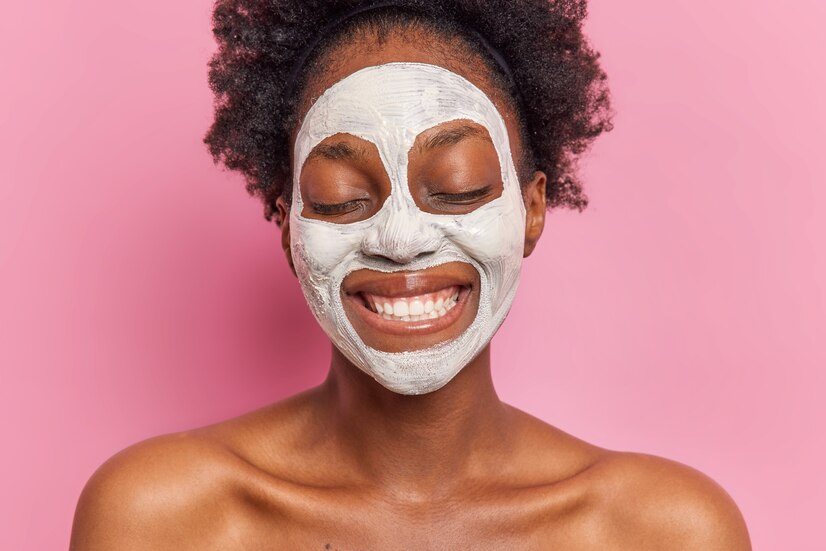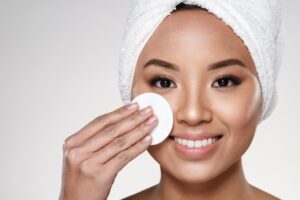DIY face masks, just like every other DIY skincare routine, have become a self-care staple, bubbling away on skincare blogs, Instagram pages, and everywhere they can fit in.
Few people are willing to spend serious cash on over-the-counter face masks anymore, and you can’t blame them. The recent knowledge of DIY skincare has completely changed the game, and it seems everyone wants to try it.
Let me point out that DIY masks aren’t some magic bullet cure for all your skin woes. However, they can be a fun and effective way to target specific concerns. For instance, if you have oily skin, you can try a clay mask to soak up excess oil. And for dry skin feeling like the Sahara, honey and yogurt will leave your skin feeling plumpier than ever.
Plus, there’s something undeniably satisfying about creating something yourself. You know, being aware of what exactly is going on your face. That, my dear, is the million-dollar benefit of DIY skincare.
But hold on for a second!
Before you raid your fridge and apply a fruit salad to your face, there are a few things to keep in mind. So stay with me because in this article, I’ll explain everything you need to create your perfect face mask.
I will also tell you what ingredients are effective and how to preserve your face mask for subsequent use.
So, without any delay, let’s dive in.
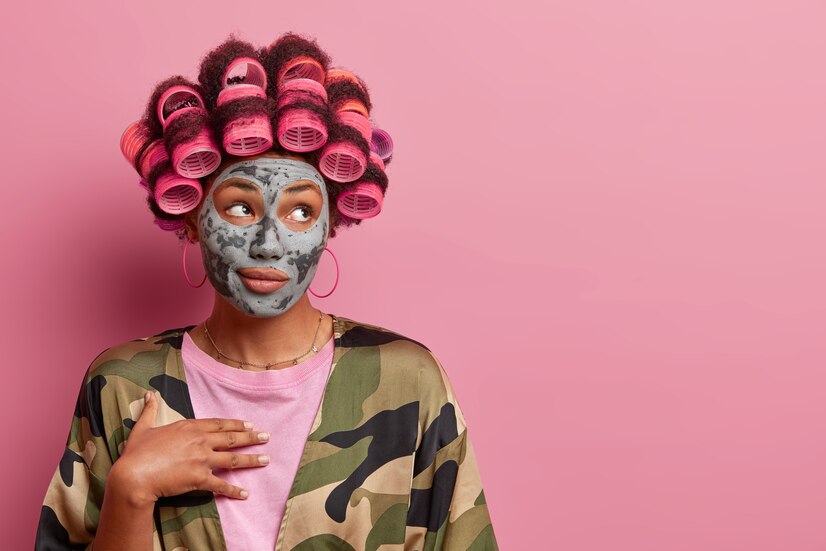
Why do you need DIY Face Masks
Yes, I know, over-the-counter face masks are the epitome of convenience. But the thing is, there’s something to be said about the magic of DIY face masks that goes way beyond just saving a few change.
Homemade masks are quickly becoming a trend, and there are several reasons why they might become your new favorite skincare obsession.
Customize your way to perfection
DIY masks offer the ultimate in customization. Think of your skin as a picky friend. One day it’s oily and needs a mattifying remedy, the next it’s dry and begging for moisture.
With over-the-counter face masks, you’re stuck with a one-size-fits-all approach. But with DIY, it’s quite easy to switch. Why? Because your ingredients are readily available.
This means that you can target specific concerns by creating a mask for exactly what your skin needs at that moment, and not what a marketing team decided everyone needs.
Get familiar with Ingredients
If you’re looking for a fantastic way to familiarize yourself with the ingredients you’re putting on your face, then a DIY face mask is your best pick. Those store-bought masks often have a laundry list of ingredients that you can barely pronounce, let alone understand. But with DIY, you’re in control. You know exactly what’s going on your skin, whether it’s fresh fruits or veggies from your fridge or even staples from your pantry.
This transparency allows you to tailor your mask to any allergies or sensitivities. Plus, there’s something undeniably cool about knowing exactly what’s giving your skin that healthy glow.
You get a more mindful approach
Going the DIY route encourages a more mindful approach to skincare. It’s not just about slapping something on and hoping for the best. You have to research ingredients, measure them out, mix them up, and be consistent.
This can make you more aware of your skin’s needs and how it reacts to different ingredients. It can also be a surprisingly relaxing and enjoyable experience.
Natural Ingredients for Making DIY Facemasks
Now that we’re sold on the amazingness of DIY face masks let’s dive into the good stuff: the natural ingredients for making skincare magic! Your kitchen cupboards and fridge are probably overflowing with some of these ingredients, and you’re unaware of it.
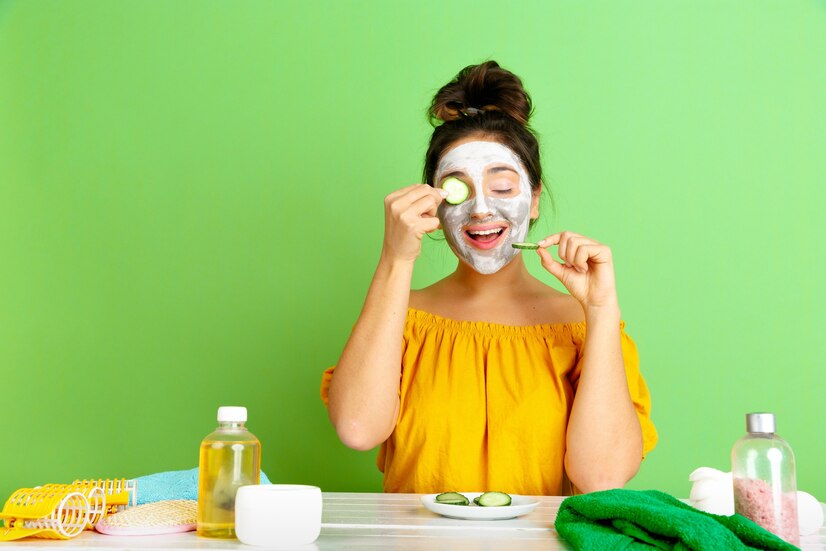
For Hydration
Honey, Avocado, and cucumber are three effective hydration ingredients. Honey acts as a natural humectant, meaning it draws moisture into the skin. It is also anti-inflammatory and antibacterial, making it a great choice for all skin types, especially those prone to irritation.
Avocado on the other hand is packed with healthy fats and vitamins. It nourishes and hydrates the skin leaving your face feeling plump and dewy. And there’s cucumber, full of water and vitamin K, which helps reduce puffiness and soothe irritated skin.
Aloe Vera is another wonder plant but this one has a triple effect: hydrating, soothing, and anti-inflammatory. Aleo vera is a great addition to your facemask if you want something to boost moisture and improve healing.
For Oily Skin
If you have oily skin, you can use Kaolin and bentonite clay to absorb excess oil. They will help to minimize pores and keep your skin shine-free without drying.
Oatmeal can also help. Finely ground oatmeal acts as a gentle exfoliant, removing dead skin cells and excess oil. It is also calming and soothing, making it a good choice for sensitive skin.
For brighter Skin
Lemon juice, which is packed with vitamin C, is an effective ingredient that can be used to brighten and even out skin tone. Although, it can cause irritation when overused.
Turmeric is one other golden ingredient that has anti-inflammatory and brightening properties. It can help to reduce hyperpigmentation and give your skin a healthy glow. We also have yogurt, filled with lactic acid that helps to gently exfoliate and brighten the skin. It is also naturally hydrating and soothing.
Now that we know our ingredients, let’s prepare a magic DIY facemask that’ll pamper your skin!
How to make a DIY Facemask: Honey Oat Facemask for Glowing Skin
This super combo of honey and oats makes a mask that’s gentle enough for most skin types and leaves you with a radiant glow.
So gather your ingredients, and get ready to pamper yourself.
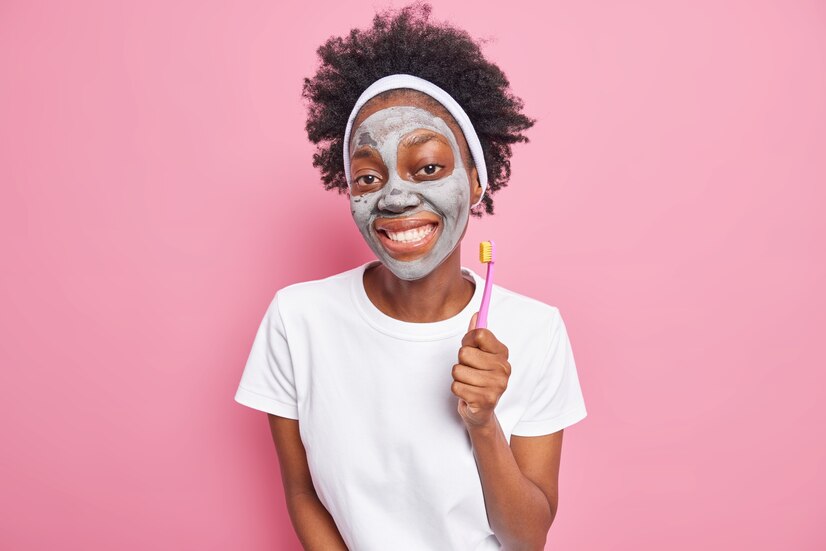
Ingredients needed
2 tablespoons rolled oats
1 tablespoon honey
1 tablespoon plain yogurt (optional)
Prepare the Ingredients
The first thing you want to do is get your ingredients ready. For this step, you need the oat to be the right texture. So grind it in a blender or food processor for a few seconds. Be careful not to blend too smoothly. All you need is a slightly finer grind that will make the mask feel more luxurious on your skin.
Add other Ingredients
In a bowl, combine your ground oats with the honey. And if you have some plain yogurt on hand, add in a tablespoon for an extra boost of hydration and probiotics. But make sure it’s plain yogurt and not flavored – you don’t want any added sugar on your face.
Mix them up
In the bowl, mash everything together to create a thick paste. If the mixture seems too dry, add a teaspoon of milk or water at intervals until you reach the desired consistency. But be careful not to make it too runny.
Apply the mask
Once the mix is ready, wash your face with your favorite cleanser and pat it dry. Apply the mask evenly to your face, avoiding the delicate eye area and lips. Leave it on for about 15-20 minutes, then rinse your face with warm water and a washcloth.
Be gentle while at it and ensure you remove all traces of the mask. After this, pat your face dry and follow up with your usual moisturizer.
And there you have it! Your skin should feel a lot better after using this face mask.
Some extra tips and tricks
For an extra refreshing feel, and for subsequent use, store any leftover mask in the fridge, but make sure to use it up within a week.
Also, while using the DIY Face mask, you want to be as gentle as possible. This is what I mean. Skip any harsh ingredients like citrus and rough scrubs. And make sure to patch test any new ingredient before using it on your face. You can do this on your inner arm, as that’s easier to conceal in case there’s any reaction.
Use fresh ingredients only, or at least, ingredients that are still in good condition. Nothing rotten or smelly should be added to your face mask.
And finally, don’t go overboard. These masks are meant to be a treat, not an everyday occurrence. Over-exfoliating or using too many masks can irritate your skin, so stick to using them just once or twice a week, and listen to your skin. If it feels tight or itchy, rinse the mask off and give your face a break.
Conclusion
If you’re craving some skin pampering but your wallet is looking a little thin, then DIY is one thing you should consider. It’s a fun and affordable way to give your skin some love and maybe even discover your inner skincare guru.
Of course, DIY masks aren’t perfect. They take a little more time and effort than their over-the-counter alternatives. You might even have to experiment a bit to find the perfect recipe for your skin. But once you do, you have unlocked a huge skincare treasure box.
No doubt, the allure of a pre-packaged product with fancy claims can be quite hard to resist. But you definitely know it’s not all about packaging – what you use needs to work for you.
So if you’re looking for a fun, customizable, and budget-friendly way to pamper your skin, DIY masks are definitely worth a try. It’s a fun way to experience the magic of homemade pampering!

